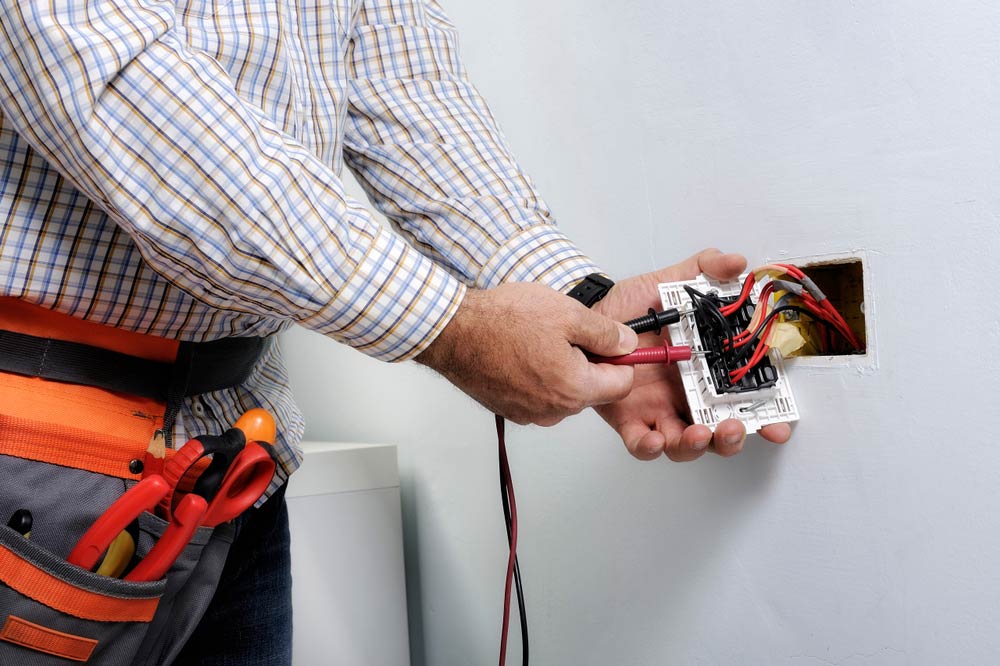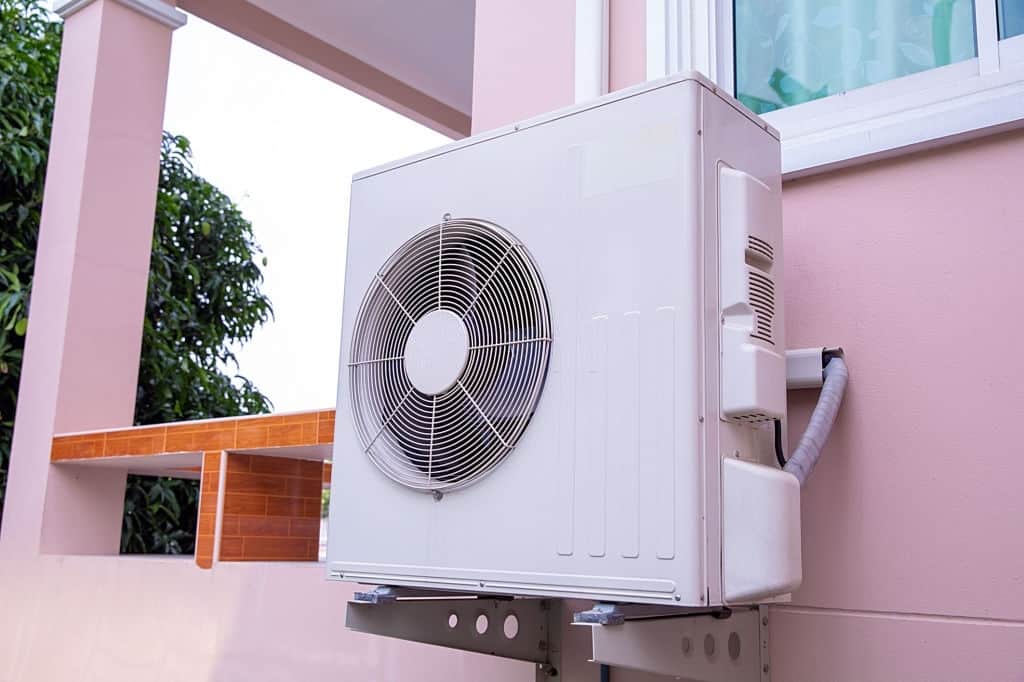Debunking Electric Setup: Comprehending Codes and Regulations for a Legal and Safe Setup
In the realm of electric installation, adherence to codes and regulations is paramount to make certain both validity and safety and security. The intricacies bordering electrical work can be challenging, but familiarizing oneself with the recognized standards is key to browsing this area with self-confidence. By comprehending the ins and outs of the National Electric Code and local building regulations, people can assure that their setups meet called for precaution and are in compliance with the regulation. The trip to debunking electric installation goes past mere knowledge with policies; it demands a profound grasp of exactly how to implement safe electrical techniques properly.
Relevance of Electrical Codes
The adherence to electrical codes is critical in making sure the safety and security and reliability of electrical setups. Electric codes function as a set of requirements and standards that dictate the proper style, setup, and maintenance of electric systems. These codes are developed to reduce the danger of electrical dangers, fires, and other safety issues that may develop from damaged electric job.

In addition, electrical codes are frequently upgraded to include new innovations, ideal practices, and precaution. Remaining upgraded with these codes is essential for experts in the electric sector to ensure that their work fulfills the current security criteria. Inevitably, the significance of electric codes hinges on developing a safe and efficient electrical framework that benefits both people and communities.
Key Laws for Security
Several basic policies control the security criteria in electrical setups. One essential law is the National Electrical Code (NEC), which offers standards for secure electrical design, setup, and examination to protect people and residential or commercial property from electrical threats. The NEC covers aspects such as wiring techniques, grounding, overcurrent security, and tools installation to make certain a secure electric system.
Another important guideline is the Occupational Safety And Security and Wellness Management (OSHA) criteria, which concentrate on the safety and security of employees entailed in electric installments (BRE Electrical Melbourne). OSHA policies consist of demands for appropriate training, security procedures, and personal safety tools to stop office crashes and injuries
Moreover, the International Electrotechnical Commission (IEC) standards intend to balance electrical installation policies on an international range. These requirements address issues like electric equipment safety and security, electro-magnetic compatibility, and energy performance to promote harmony and security in electrical installations worldwide.
Compliance with these essential laws is necessary to make certain the security and legality of electrical installations, securing both individuals and building from the dangers connected with electrical energy.
Understanding National Electric Code
Secret laws such as the National Electrical Code (NEC) give vital standards for risk-free electric design, setup, and examination to guarantee the defense of individuals and residential property from electrical dangers. The NEC, additionally called NFPA 70, is a detailed collection of requirements for electric installations that are updated every 3 years. It is created by the National Fire Protection Association (NFPA) and is extensively taken on across the United States.
The NEC covers different facets of electrical work, including circuitry approaches, grounding, overcurrent protection, and equipment setup. It aims to protect people and property by attending to possible threats related to electrical systems. Compliance with the NEC is usually implemented by neighborhood authorities having territory (AHJs), such as constructing code officials and inspectors.
Comprehending the NEC is essential for electrical specialists, developers, and examiners to make sure that installments satisfy the needed safety and security needs. By sticking to the NEC standards, experts can assist stop electrical mishaps and guarantee the reliability of electrical systems in property, commercial, and industrial setups.

Compliance With Neighborhood Structure Codes
Recognizing and sticking to regional structure codes is essential for guaranteeing the safety and compliance of electric installments within a specific jurisdiction. These codes describe certain requirements for electric setups, such as the type of circuitry to be utilized, placement of electrical outlets, grounding methods, and lots capabilities.
When it comes to electric installments, failure to abide with regional building codes can result in significant repercussions. Non-compliant installations might position safety dangers, enhance the threat of electrical fires, and lead to costly penalties or legal problems.
Guaranteeing Safe Electric Practices
Practicing rigorous adherence to developed safety procedures is essential in the area of electrical installments to reduce possible risks and make certain the well-being of people and residential properties. Safety in electric job encompasses numerous aspects, starting with the correct training of workers associated with installation, maintenance, and repair. It is vital to follow producer guidelines meticulously when managing electric components and devices. Before starting any work, it is critical to conduct a detailed risk evaluation to determine possible hazards and carry out safety nets. Making use of personal protective equipment (PPE) such as protected gloves, security glasses, and non-conductive shoes is non-negotiable to guard versus electrical shocks and arc flashes. Regular equipment inspections, testing, and maintenance routines are vital to discover and rectify faults before they escalate into safety and security dangers. Adherence to correct lockout-tagout treatments throughout maintenance activities is vital to avoid unintentional energization of circuits. By prioritizing safe practices, electric installments can operate successfully while decreasing the chance of crashes or damages.
Final Thought
In conclusion, adherence to electric codes and guidelines is essential for making certain the security and validity of electrical installments. Recognizing the National Electric Code and compliance with local BRE Services structure codes are vital for a secure configuration. By adhering to these guidelines and exercising safe electrical techniques, individuals can protect against potential dangers and ensure the appropriate performance of their electrical systems.
 Robert Downey Jr. Then & Now!
Robert Downey Jr. Then & Now! Michael Fishman Then & Now!
Michael Fishman Then & Now! Tina Louise Then & Now!
Tina Louise Then & Now! Andrew McCarthy Then & Now!
Andrew McCarthy Then & Now! Meadow Walker Then & Now!
Meadow Walker Then & Now!